California public housing broadband subsidies extended
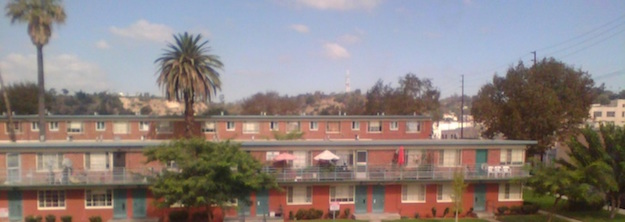
Governor Jerry Brown signed senate bill 745 yesterday, extending the life of the California Advanced Services Fund’s (CASF) public housing broadband program.
It’s a good news/bad news sort of bill. On the one hand, instead of expiring at the end of this year and being re-absorbed into other CASF accounts, the money that hasn’t been spent yet will remain available through 2020. Originally, $20 million was set aside to subsidise broadband facilities (but not the service itself) in public housing communities, and $5 million was allocated to pay for broadband marketing and digital literacy efforts aimed at convincing residents to get online.… More

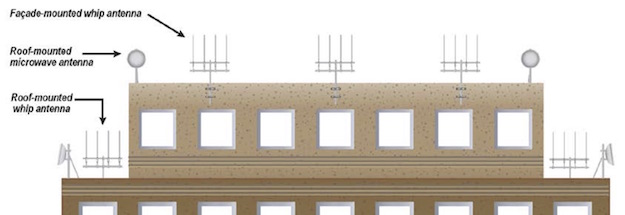
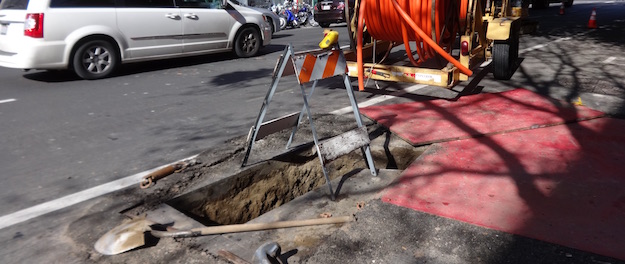
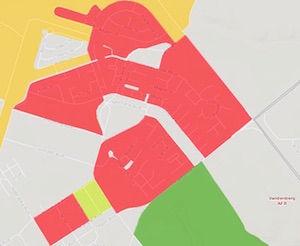
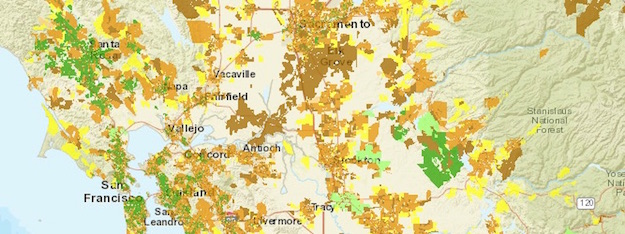
![By Schumi4ever (Own work) [GFDL (https://www.gnu.org/copyleft/fdl.html) or CC BY-SA 4.0-3.0-2.5-2.0-1.0 (https://creativecommons.org/licenses/by-sa/4.0-3.0-2.5-2.0-1.0)], via Wikimedia Commons](https://www.tellusventure.com/images/2016/9/tachometer_redline.jpg)
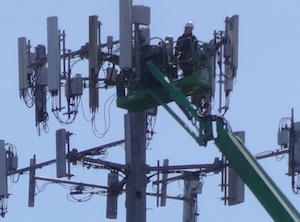
![By Narendra Modi (At the US Congress) [CC BY-SA 2.0 (https://creativecommons.org/licenses/by-sa/2.0)], via Wikimedia Commons](https://www.tellusventure.com/images/2016/9/us_congress.jpg)
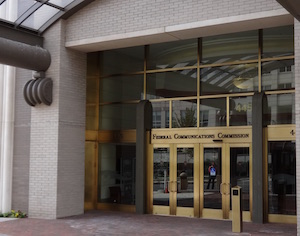
![By Lars Plougmann from United States (Ugly ducklings - P1030799) [CC BY-SA 2.0 (https://creativecommons.org/licenses/by-sa/2.0)], via Wikimedia Commons](https://www.tellusventure.com/images/2016/9/ugly_ducklings.jpg)